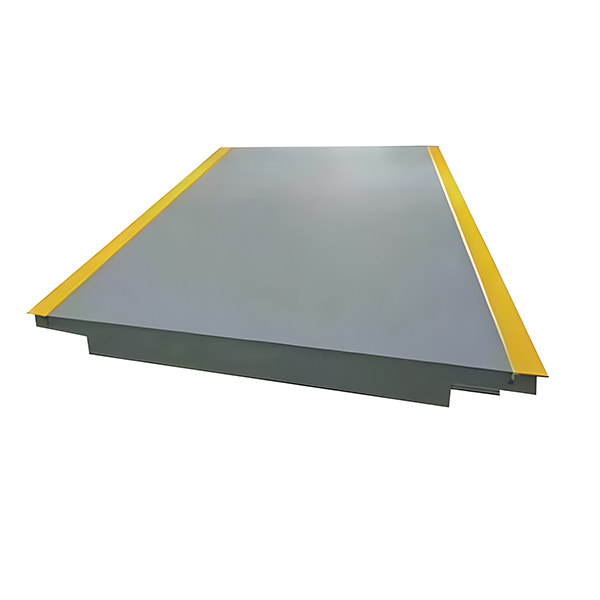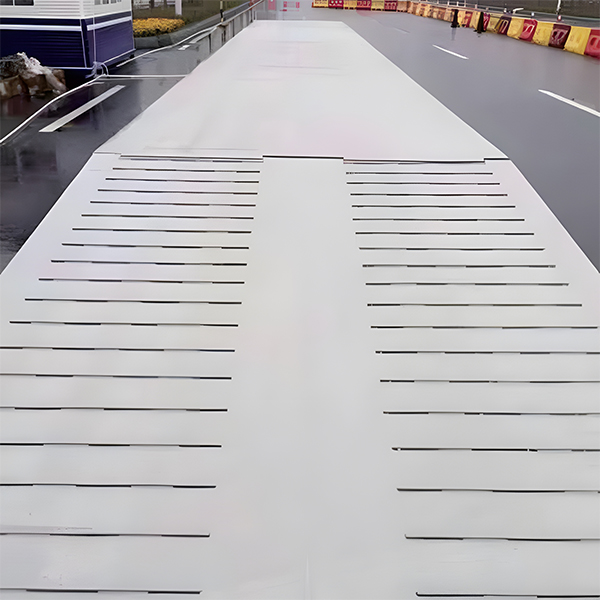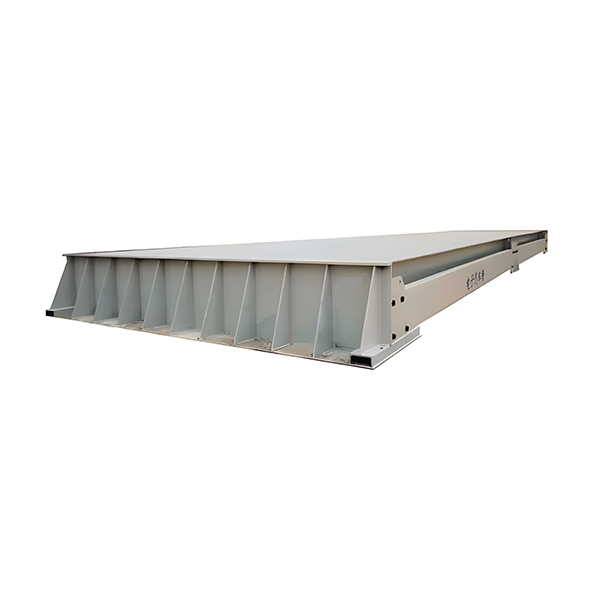Web Menu
Product Search
Exit Menu
How do highway truck scales work?
Highway truck scales enforce weight regulations through a structured process combining technology and human oversight. Here's how they operate:
1. Pre-Screening (Initial Identification)
In-Motion Sensors- In-Motion Sensors:
Weigh-in-Motion (WIM) pads embedded in the road measure axle weights as trucks approach at highway speeds.
Cameras capture license - Cameras capture license plates and DOT numbers for database plates and DOT numbers for database checks.
Automated Bypass:
Trucks with valid credentials (e.g., pre-clearance transponders) and compliant weights receive a green "bypass" signal.
Non-compliant or flagged trucks get a red "enter station" lightred "enter station" light.
2. Static Weighing (Detailed Verification)
Full Stop on Scale Platform:
Driver pulls onto a pit-mounted steel/concrete scale and stops completely.
All wheels must be on the platform; no partial weighing.
Axle-Group Measurement:
Load cells under the platform weigh Load cells under the platform weigh each axle group (steer, drive, trailer axles) separately.
Axle spacing is verified visually or via sensors.
Digital Weight Ticket:
Results print instantly at the scale house for officer review.
3. Compliance Inspection
Document Checks:
Officers verify driver logs, fuel tax forms, hazardous materials permits.
Equipment Examination:
Brakes, tires, lights, and cargo securement are inspected for safety violations.
Cargo Verification:
Weight tickets compared against bill of lading for discrepancies.
4. Enforcement Actions
Clean Inspection:
Compliant trucks receive a clearance document and depart.
Violation Response:
Overweight axles: Fines based on excess weight per axle group.
Safety defects: "Out-of-service" order until repairs.
Paperwork issues: Citations or temporary holds.
Forced Correction:
Overweight trucks must offload cargo or redistribute weight before re-weighing.
5. Technology Integration
Automated License Plate Readers (ALPR):
Cross-reference trucks against databases for expired registrations or outstanding violations.
Central Monitoring Systems:
Real-time weight/safety data shared with state DOT for trend analysis.
Critical Operational Rules
No Rolling Weights: Trucks must be fully stationary – movement voids accuracy.
No Circumvention: Bypassing a red light triggers automatic fines or pursuit.
Scale Priority: Emergency vehicles always skip queues; all others obey entry signals.
-
Add: Building 3, No. 355, Xiangshan East Road, Binhai Economic Development Zone, Cixi City, Ningbo, Zhejiang, China.
-
Tel: +86-18969402526
-
Phone: +86-0574-86817102
-
E-mail: [email protected]

 English
English 中文简体
中文简体





